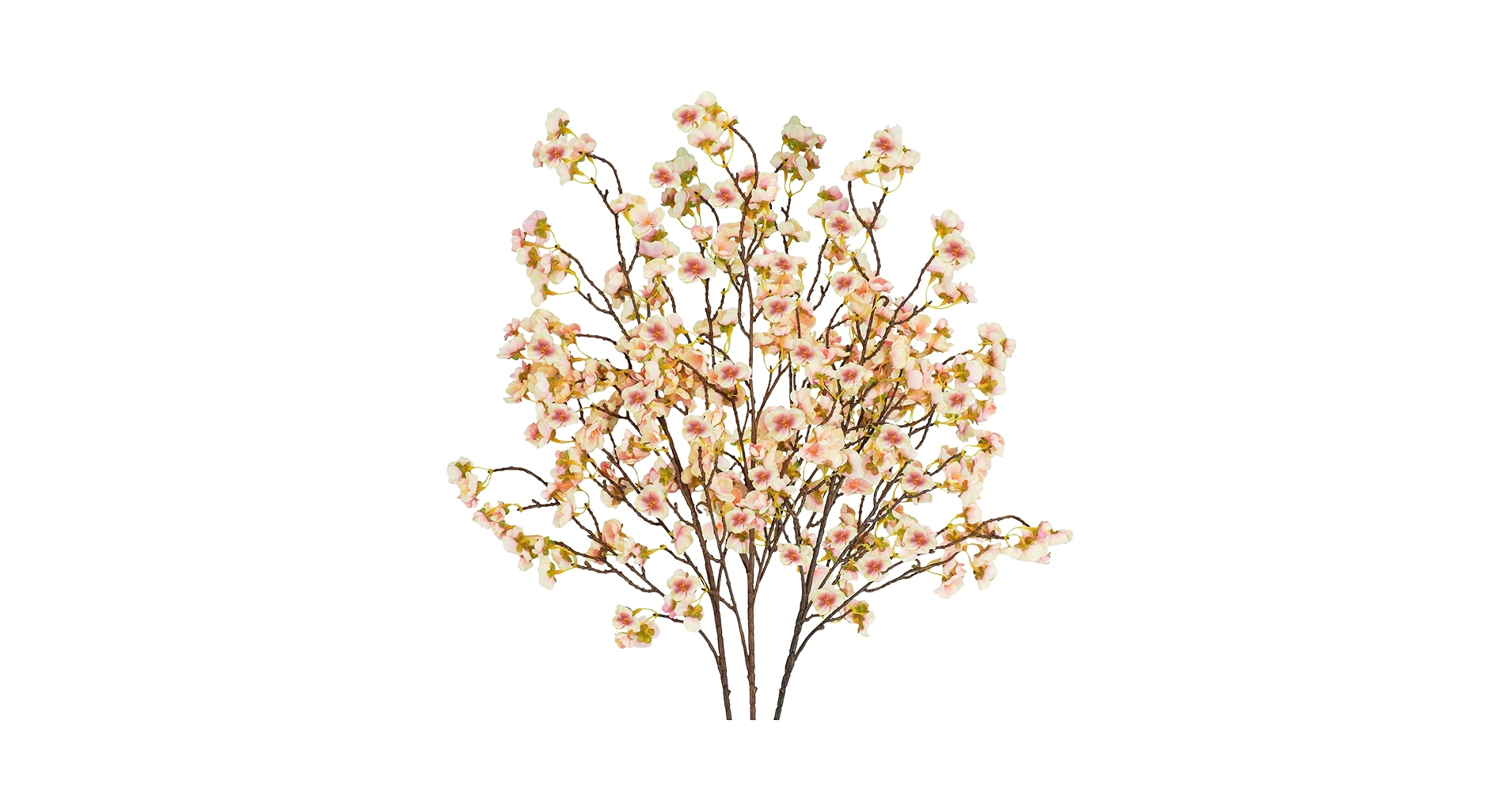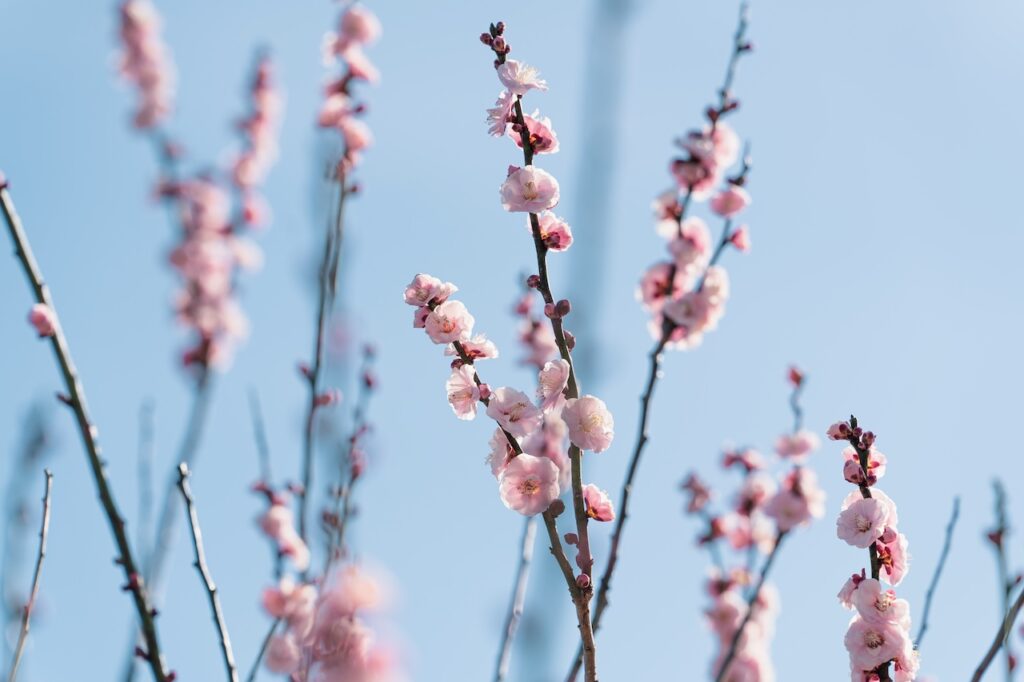In Japan, few plants are as deeply woven into the fabric of life as the ume, or Japanese plum. From its delicate early-spring blossoms to its flavorful, nutrient-rich fruits, the ume has been celebrated for centuries in poetry, art, and everyday cuisine.
Let’s explore the enduring charm of the Japanese plum—its beautiful blooms, its health benefits, and its special place in Japanese culture.
What Is the Japanese Plum?
Belonging to the Prunus genus of the Rosaceae family, the Japanese plum is thought to have originated in China before spreading to countries like Japan and South Korea.
Resilient against the cold and adored for its tart fruits, the ume tree blooms in early spring and bears fruit by early summer.
Whether in the form of elegant flowers or tangy umeboshi (pickled plums), the ume remains a beloved symbol of resilience and renewal.
The Magic of Plum Blossoms
Blooming Season and Features
Plum blossoms are among the first signs of spring, earning them the nickname “harbingers of spring.”
They bloom between February and March, offering delicate five-petaled flowers in hues of white, pink, and red, each about 2–3 cm across.
Their sweet, distinctive fragrance draws admirers to plum groves nationwide, eager to savor both the beauty and the scent of these early blooms.
Cultural Importance and Viewing Spots
In Japanese literature and art, plum blossoms have been revered for centuries, often appearing in waka and haiku poetry as emblems of hope, perseverance, and new beginnings.
Unlike cherry blossoms, which represent fleeting beauty, plum blossoms symbolize strength through hardship, as they brave the lingering cold of winter.
Top places to view plum blossoms include:
- Kitano Tenmangu Shrine (Kyoto)
- Koishikawa Korakuen Gardens (Tokyo)
Each year, plum festivals across Japan celebrate the enduring spirit of this early-spring flower.
The Power of Plum Fruits: Nutritional Value and Health Benefits
Nutritional Highlights of Umeboshi
The fruit of the Japanese plum is most famously enjoyed as umeboshi—pickled plums known for their intense sourness and saltiness.
Despite their small size, umeboshi are packed with nutrients, including:
- Citric acid: Promotes energy metabolism and reduces fatigue
- Vitamin C: Boosts immune function
- Calcium and potassium: Support bone health and heart function
- Dietary fiber and iron: Aid digestion and blood health
Health Benefits
Traditional Japanese wisdom—and modern science—both celebrate umeboshi for their wellness-boosting properties:
- Fighting fatigue: Thanks to their high citric acid content
- Supporting immunity: Through vitamin C and natural antibacterial compounds
- Aiding digestion: Stimulating the appetite and improving gut health
- Preventing food spoilage: A reason they were once prized by samurai for long journeys
How Japanese Plums Are Harvested and Processed
Harvesting Season
Japanese plums are typically harvested between June and July, just before reaching full ripeness to retain their signature tartness.
Making Umeboshi
The process of crafting umeboshi involves:
- Salt-pickling the freshly harvested plums
- Sun-drying them to concentrate flavor and enhance preservation
This age-old method results in a potent, tangy snack that embodies the essence of summer—and healthful living.
Conclusion
The Japanese plum is much more than a seasonal treat—it’s a cultural icon that bridges nature, art, health, and history.
From the poetic beauty of its blossoms to the healing power of its fruit, the ume continues to captivate the hearts and palates of generations.
Next time you see a blooming plum tree or taste a tart umeboshi, you’ll be savoring a piece of Japan’s rich, living heritage.



